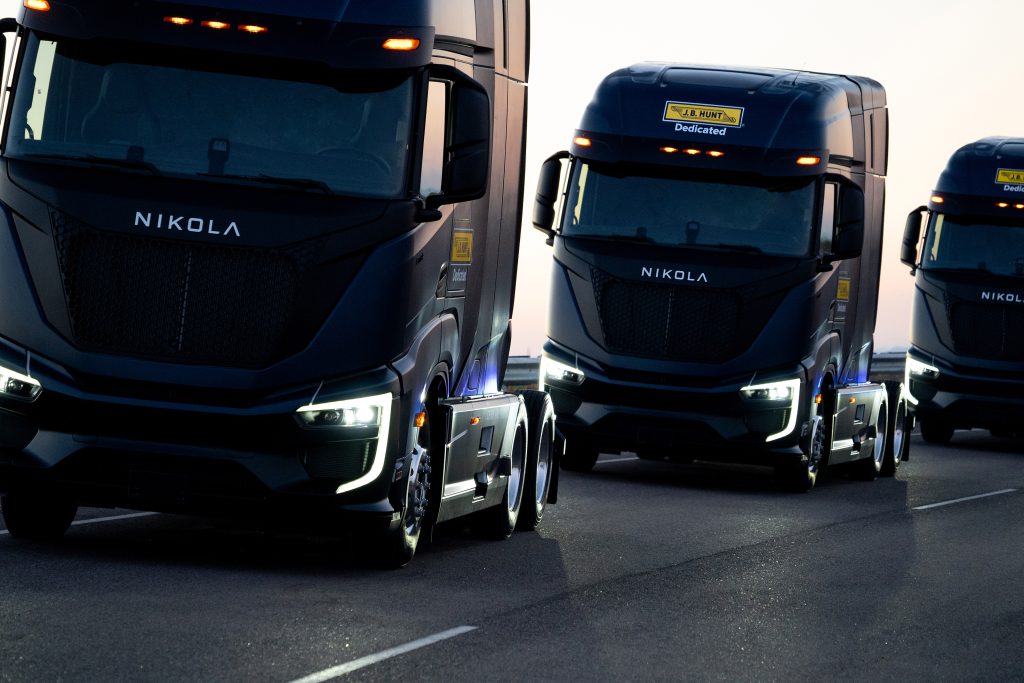The U.S. Environmental Protection Agency recently announced new, strict rules on greenhouse gas emissions from heavy trucks in an effort to combat climate change. The rules will apply to eight classes of heavy trucks, covering model years 2027 through 2032. These regulations focus on reducing emissions from the transportation sector, which is a significant source of climate pollution. The EPA estimates that the new standards will help avoid 1 billion tons of greenhouse gas emissions and provide $13 billion in net benefits by reducing climate risk and enhancing public health.
These rules do not dictate a specific technology, allowing truck makers to decide how to meet the performance standards. The EPA suggests that truck makers may need to incorporate zero-emission battery electric or hydrogen fuel cell vehicles into their fleets to comply with the new standards. Transportation accounts for 27% of the country’s total greenhouse gas emissions, with heavy-duty vehicles being the second-largest contributor within the transportation sector. The rules aim to help combat climate change and improve air quality for communities disproportionately affected by heavy truck pollution.
Before setting these new standards, the Biden administration had already implemented strict guidelines for cars and light trucks as well as rules addressing truck pollutants causing smog and soot. The administration’s national strategy for a zero-emissions freight corridor is intended to pave the way for the implementation of the new truck standards. By focusing on key corridors with heavy truck traffic, the EPA aims to ease the transition to zero-emission vehicles and enhance air quality for affected communities. This initiative aligns with efforts to address environmental justice issues, particularly those impacting low-income communities and communities of color.
While the EPA’s new rules received praise from organizations like the American Lung Association and the Hip Hop Caucus, the response from the trucking industry has been mixed. The American Trucking Associations expressed concerns about the achievability of the targets and the impact of the new rules on the industry’s operations. Industry stakeholders have committed to achieving zero emissions, with some noting the need for collaboration between regulators and companies to address infrastructure challenges and uncertainties surrounding the long-term viability of electric vehicles. Truck makers and fleet operators have been implementing zero-emission technologies, with partnerships forming to accelerate the development of charging stations and necessary infrastructure.
Despite the industry’s concerns, the EPA remains confident in the ability of manufacturers to meet the targets set forth by the new rules, emphasizing the flexibility provided in choosing from a range of technologies to comply. Companies like J.B. Hunt Transport Services and Daimler Truck North America are already investing in zero-emission vehicles and infrastructure to reduce emissions and meet environmental goals. As the transition to cleaner trucks continues, collaboration between regulators, industry stakeholders, and communities will be crucial in addressing challenges and ensuring the long-term success of zero-emission initiatives in the heavy trucking sector.













